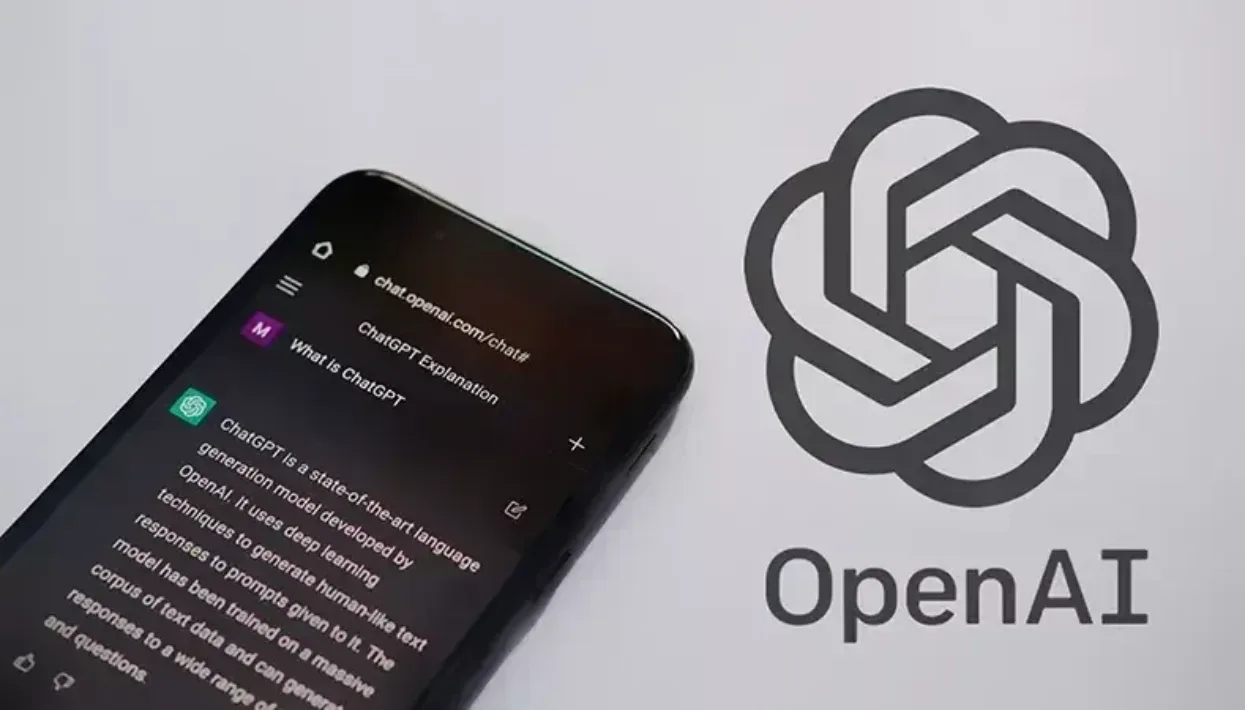How ChatGPT adds value for your business and shows us the future of AI
Author
FESPA Staff
Published Date
21/02/2023
Become a FESPA Member
to Continue Reading
